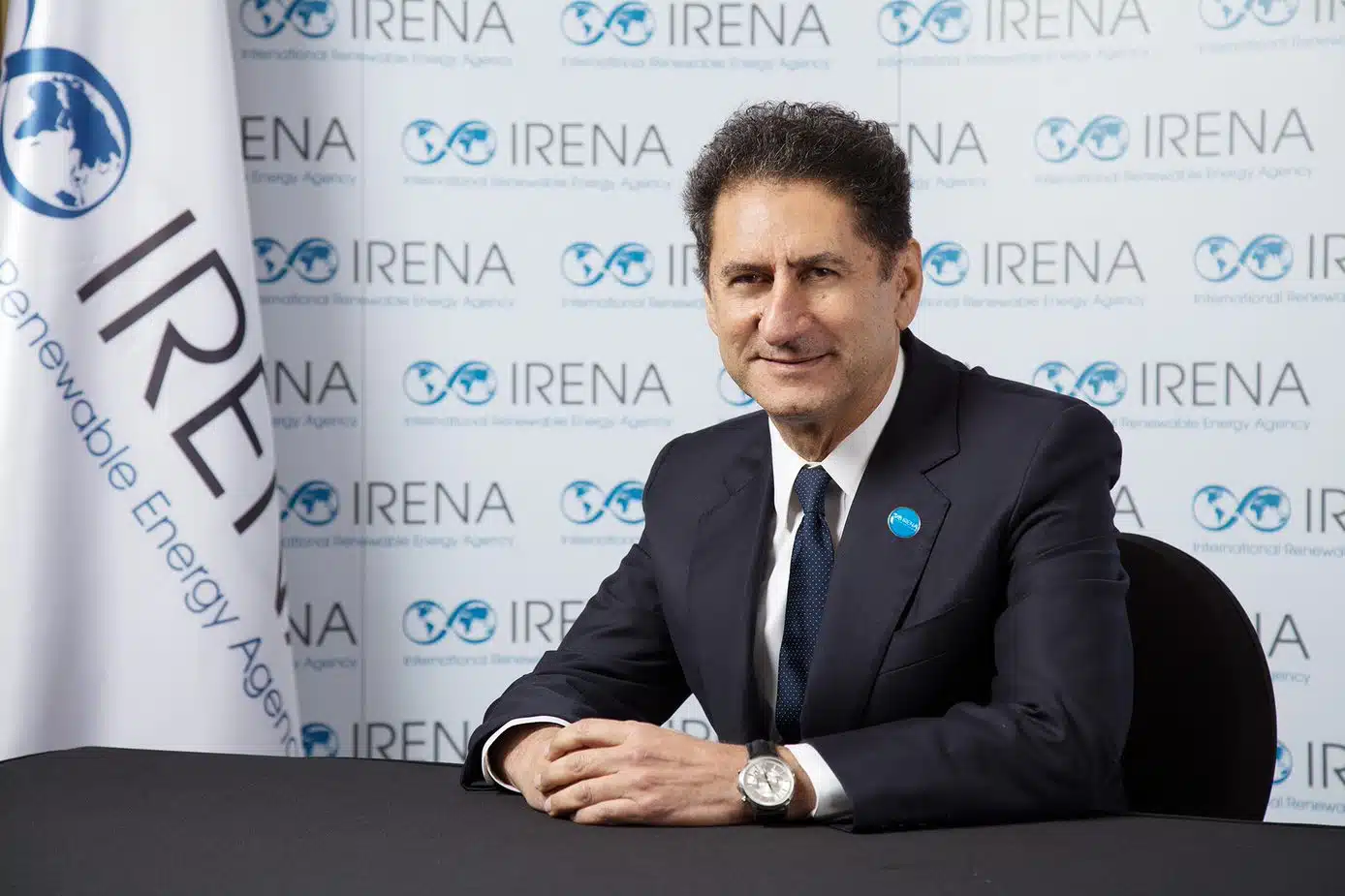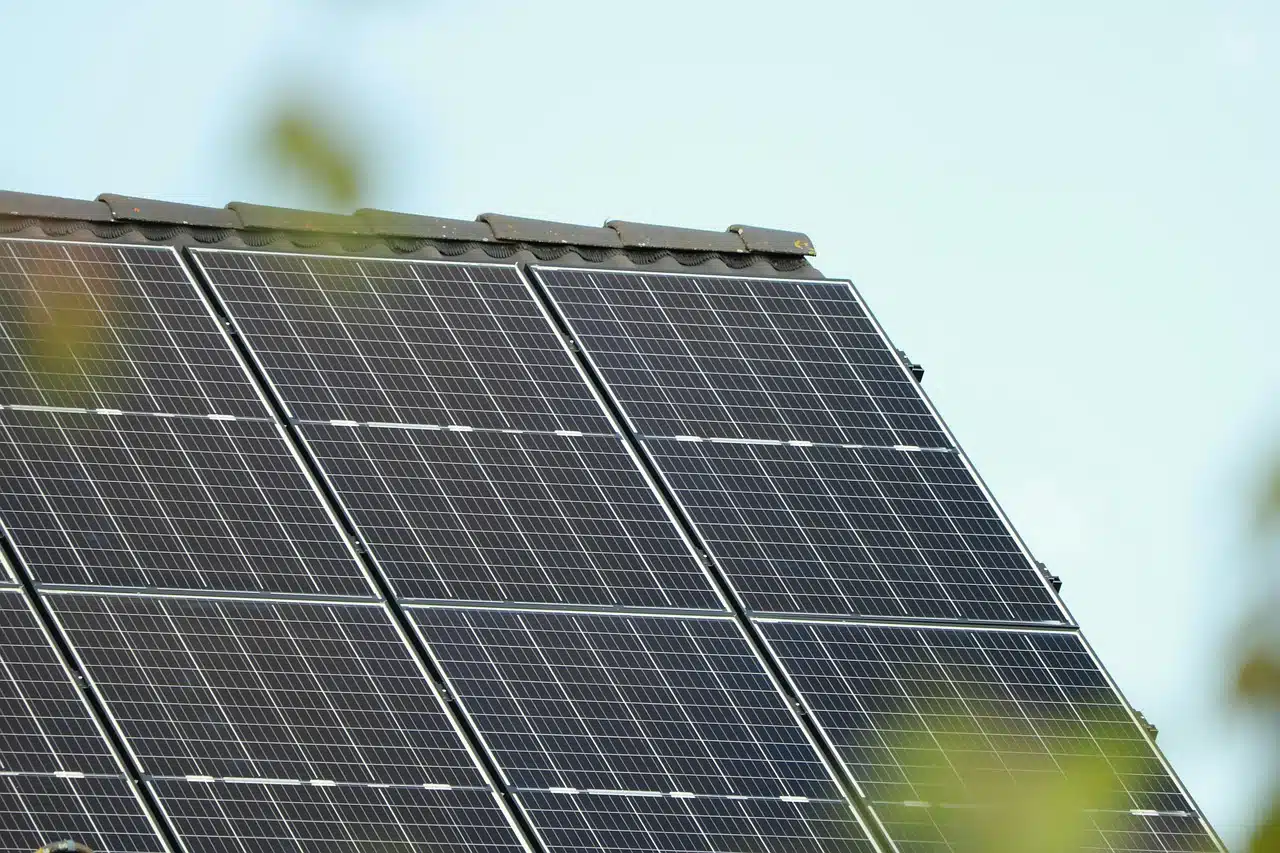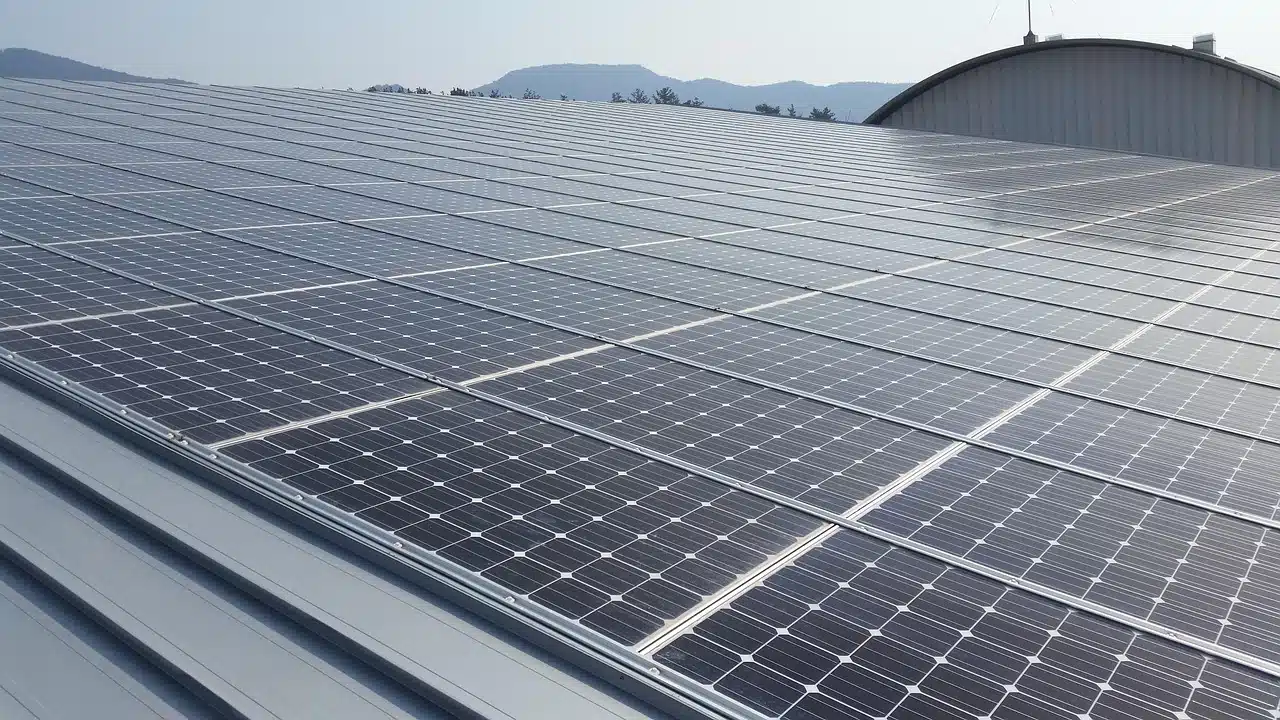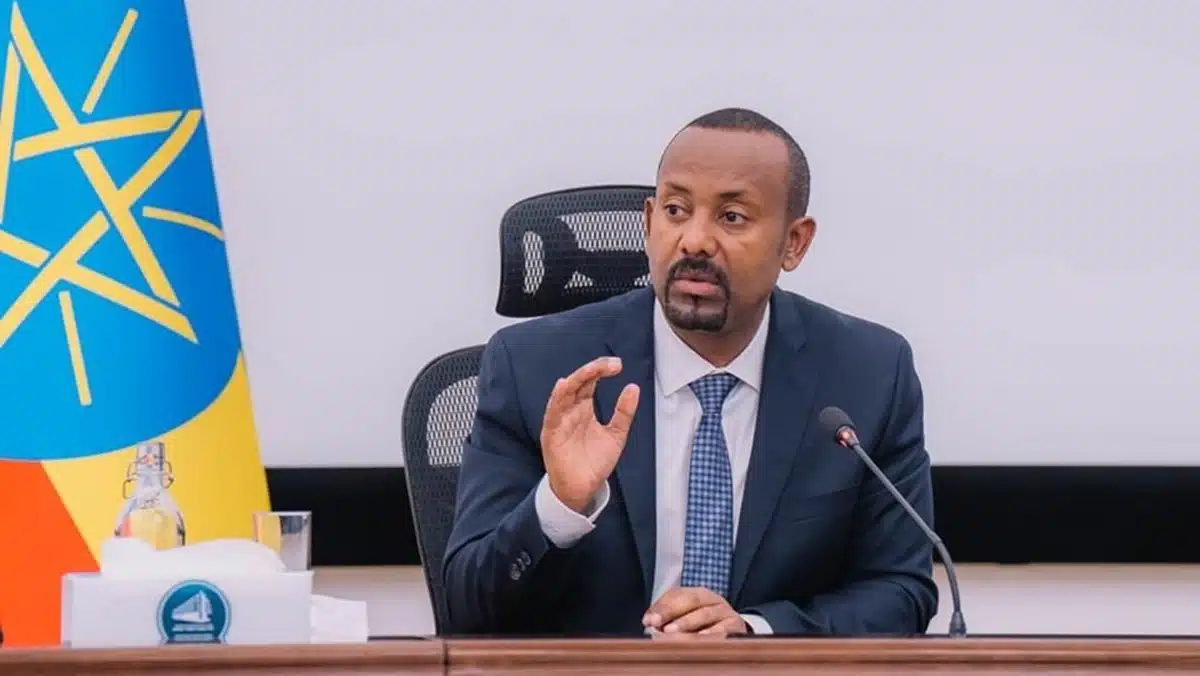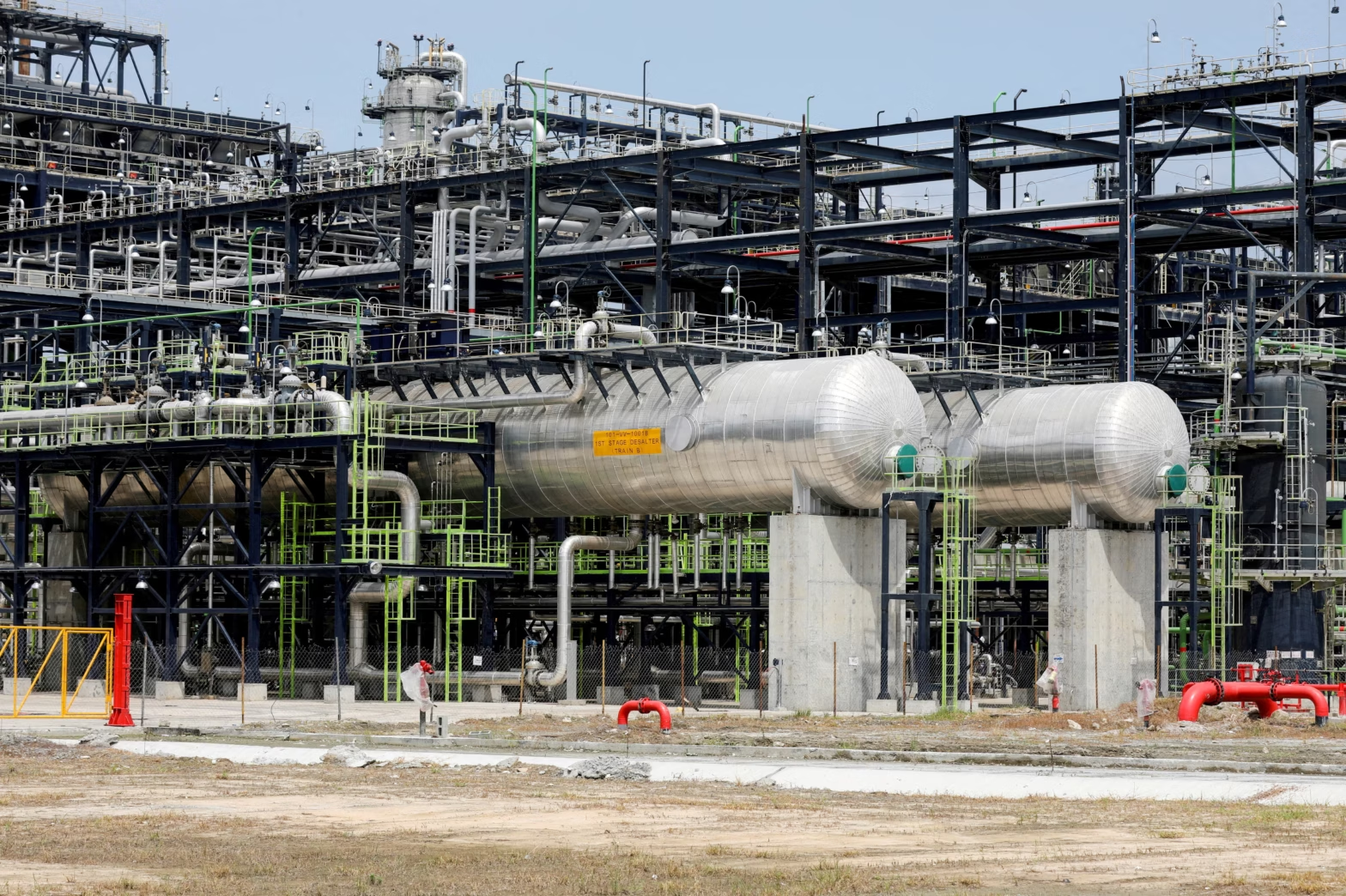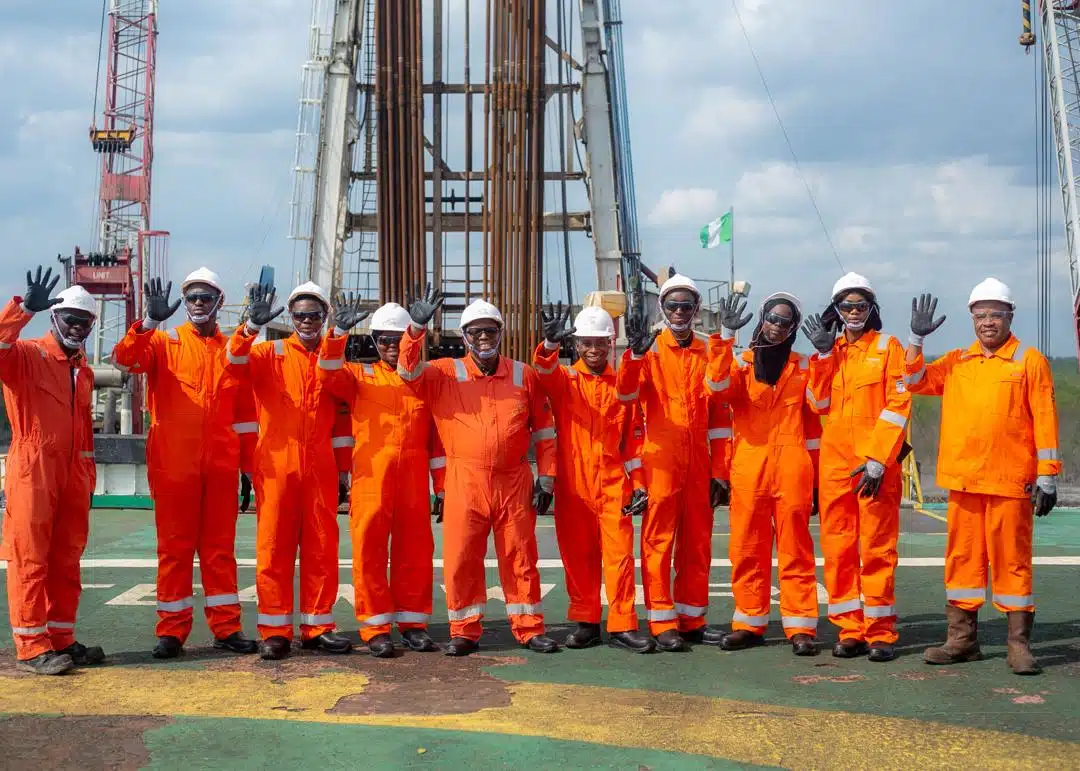North African nation, Morocco, is transforming its abundant solar resources into a strategic tool for reshaping the geopolitics of energy trade, particularly with Europe.
The Noor Solar Complex, one of the world’s largest concentrated solar power (CSP) facilities, has established Morocco as a renewable energy leader.
Still, the nation’s ambitions extend far beyond domestic supply.
By positioning itself as a key supplier of clean energy to Europe, Morocco is leveraging solar power to enhance its geopolitical influence, reduce Europe’s reliance on fossil fuels, and redefine energy trade dynamics.
The Noor Solar Complex ambition
The Noor Solar Complex generates 582 megawatts (MW) of electricity, powering over a million homes, according to the Moroccan Agency for Sustainable Energy (MASEN).
The project was completed in 2019 with $3 billion in funding from the African Development Bank (AfDB), the Climate Investment Funds (CIF), European financing institutions, and the World Bank, among others.
Noor uses CSP technology with thermal storage to provide reliable power.
Unlike photovoltaic (PV) panels, CSP’s ability to store thermal energy allows power generation even after sunset, addressing intermittency challenges.
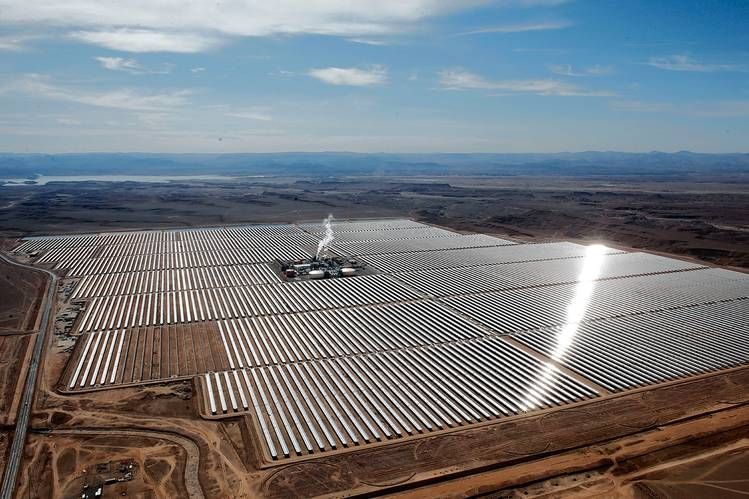
MASEN reports that the complex cuts Morocco’s carbon emissions by 760,000 tons annually, aligning with global climate goals.
Noor’s success has laid the groundwork for Morocco’s broader strategy, exporting solar energy to Europe.
The complex demonstrates Morocco’s ability to deliver large-scale renewable projects, earning the confidence of international partners.
As the European Union (EU) seeks to diversify energy sources amid geopolitical tensions, Morocco’s stable governance and proximity make it a strategic ally, a 2024 International Energy Agency (IEA) report states.
Morocco’s solar expansion plans
Morocco is not resting on Noor’s laurels.
The government has launched the Noor Midelt project, a hybrid solar plant combining CSP and PV technologies, with a capacity of 800 MW.
MASEN says that Noor Midelt will incorporate advanced storage systems to ensure a stable power supply, targeting both domestic and export markets.
The project, expected to be operational by 2027, has attracted investments from different international partners, including Saudi Arabia’s ACWA Power.
Beyond Midelt, Morocco aims to develop 10 gigawatts (GW) of renewable energy (20% from solar) by 2030, with solar energy constituting a significant share.
The International Renewable Energy Agency (IRENA) notes that Morocco’s solar potential, driven by 3,000 hours of annual sunshine, positions it as a prime location for large-scale projects.
In addition, the government is also streamlining regulations to attract private investment, with tax incentives and public-private partnerships.
The geopolitics of solar exports
Morocco’s solar ambitions extend beyond its borders, targeting Europe’s growing demand for clean energy.
The European Union (EU) aims to achieve net-zero emissions by 2050, driving interest in importing renewable energy from North Africa.
Morocco is capitalizing on this opportunity through projects like the Xlinks Morocco-UK Power Project, which plans to deliver 3.6 GW of solar and wind energy to the United Kingdom via a 4,000-kilometer undersea cable.
Therefore, this export strategy reshapes energy geopolitics.
Moreover, Morocco’s proximity to Europe, coupled with its stable political environment, makes it an attractive partner compared to traditional energy suppliers like Russia.
The EU’s dependency on Russian gas, which accounted for 40% of its gas imports before 2022, has prompted a pivot toward alternative sources, says Eurostat.
In sum, Morocco’s solar exports could reduce Europe’s reliance on fossil fuels, enhancing energy security while positioning Morocco as a strategic ally.
Europe’s push for energy alternatives
Moreover, Europe’s energy landscape has faced significant upheaval since 2022 due to the Russia-Ukraine conflict.
Therefore, the EU’s push for net-zero emissions by 2050 has intensified the need for clean energy alternatives.
Morocco’s solar potential, with 3,000 hours of annual sunshine, positions it to fill this gap.
Morocco’s solar exports is targeting the European market to offer the continent a hedge against volatile fossil fuel markets.
Unlike traditional suppliers, Morocco’s renewable energy aligns with the EU’s Green Deal, which prioritizes decarbonization.
The European Commission has identified North Africa as a key region for energy imports, with Morocco leading due to its infrastructure and political stability.
This shift will reduce Europe’s dependence on geopolitically contentious suppliers, enhancing energy security.
Xlinks impacts the energy trade
The Xlinks Morocco-UK Power Project exemplifies Morocco’s solar export ambitions.
Xlinks estimates that the project, set to begin operations in 2030, will supply 8% of the UK’s electricity needs, reducing its reliance on gas imports.
The project, backed by £25 billion in investment, outlines Morocco’s role as a reliable energy partner.
In addition, the Xlinks project also outlines Morocco’s geopolitical strategy.
By supplying clean energy to a major European economy, Morocco strengthens its diplomatic leverage.
The UK’s Department for Energy Security and Net Zero has endorsed the project, noting its potential to stabilize energy prices.
Therefore, this positions Morocco as a counterbalance to traditional energy exporters, reshaping trade dynamics in the Atlantic region.
Strengthening EU-Morocco ties
Morocco is also pursuing regional energy integration with Europe.
The country is making plans to connect its grid to Spain and Portugal via undersea cables are advancing, with the European Investment Bank committing €1 billion in 2025 to support infrastructure development.
These interconnections aim to deliver 2 GW of solar energy to the Iberian Peninsula by 2035, says MASEN.
To further pursue Morocco’s renewable energy integration, the European Investment Bank (EIB), in collaboration with German bank KfW, granted $340 million (€300 million) to expand the national electricity transmission network by 730km.
The partnership also includes joint investments in renewable projects and regulatory alignment to ensure seamless energy flows.
The technological and economic enablers
Furthermore, Morocco’s solar export empire relies on technological innovation and economic incentives.
The country is exploring green hydrogen production, using solar energy to power electrolysis.
The Ministry of Energy projects a $1 billion hydrogen export market by 2035, with pilot projects in Tangier attracting German and French firms, Reuters stated in a 2024 report.
This follows Morocco’s recent approval of $32.5 billion in green hydrogen projects to produce ammonia, steel, and industrial fuel.
Economically, Morocco offers tax breaks and public-private partnerships to attract investors.
The IEA, for instance, notes that these policies have drawn $5 billion in foreign direct investment since 2020.
However, challenges persist, including water-intensive CSP systems and competition from Saudi Arabia’s NEOM project, which aims to export 4 GW of solar power.
Morocco says it is countering these risks by diversifying its energy portfolio and strengthening EU ties.
Geopolitical risks and opportunities
Morocco’s solar ambitions face geopolitical hurdles.
Experts say tensions with Algeria over Western Sahara could disrupt regional energy cooperation.
Additionally, competition from Egypt’s 1.8 GW Benban Solar Park challenges Morocco’s market share.
Yet, Morocco’s diplomatic agility, including trade agreements with the EU and UK, mitigates these risks.
The opportunities are significant. By supplying clean energy, Morocco reduces Europe’s exposure to energy crises, such as those triggered by Russia’s 2022 gas supply cuts.
Morocco’s exports also foster economic development, creating 30,000 jobs through Noor and improving rural electrification, per the World Bank.
The future of Morocco’s solar empire
Morocco’s solar export strategy is a bold bid for geopolitical influence.
By 2035, the country aims to develop 20 GW of solar capacity, with half earmarked for export, the Ministry of Energy projects.
Therefore, this vision aligns with Europe’s decarbonization goals, positioning Morocco as a linchpin in the transcontinental energy trade.
The IEA projects that North African solar exports could meet 15% of Europe’s electricity demand by 2040, with Morocco leading the charge as Africa’s solar export giant.



